There are four basic fibers that are used to manufacture carpets today, and they all have unique qualities and strengths. Better still, they all make excellent carpets. Ultimately, your choice should be determined by the characteristics that are most important to you and your home.
Although some carpets are made of blends, most are made entirely of one of the following four fibers:
Nylon Carpet Fibers
In overall performance characteristics, nylon is the most versatile of all fibers, providing excellent durability and flexibility in creating a variety of carpet styles. Nylon is the most commonly used carpet fiber and can be found in a wide range of both cut pile and loop pile styles. Nylon also has great color flexibility and uniformity, and many nylon yarn systems are exceptionally soft. Though not inherently stain resistant, most Shaw carpets made with nylon feature a stain-resist carpet treatment for protection against household spills and stains.
Polyester (PET) Carpet Fibers
Polyester offers exceptional softness and color clarity, and is also naturally stain and fade resistant. Although polyester is not as versatile as nylon, Shaw’s carpets made of polyester fiber perform very well.
Polypropylene (olefin) Carpet Fibers
Unlike other fiber types, polypropylene will not absorb water, so it is solution dyed. Solution dyeing is a process in which color is actually built into the fiber when it is formed making the color an inherent part that cannot be removed from the fiber. This means the color will not fade, even when exposed to intense sunlight, bleaches, atmospheric contaminants, or other harsh chemicals or elements.
Polypropylene is normally used in loop pile construction in which there is less need for resiliency because it is not as strong as other fibers.
PTT (Triexta Polyester) Carpet Fibers
PTT (Polytrimethylene Terephthalate) is a polyester fiber, first patented in 1941, but it was not until the 1990s, when Shell Chemicals developed a low-cost method of producing high-quality 1,3-propanediol (PDO), the starting raw material for PTT polyester, that commercial production
of the company’s Corterra polymers was possible. Shaw introduced the first BCF PTT (Corterra) residential carpet in the United States in 2001. PTT features good resiliency and excellent inherent stain resistance. Recently, some manufacturers have begun applying a topical treatment to PTT carpets. While adequate for staining, PTT still attracts dry and oily soil substances, leading to premature wear in high traffic areas. For this reason, many oil-based stains are extremely difficult to remove.
